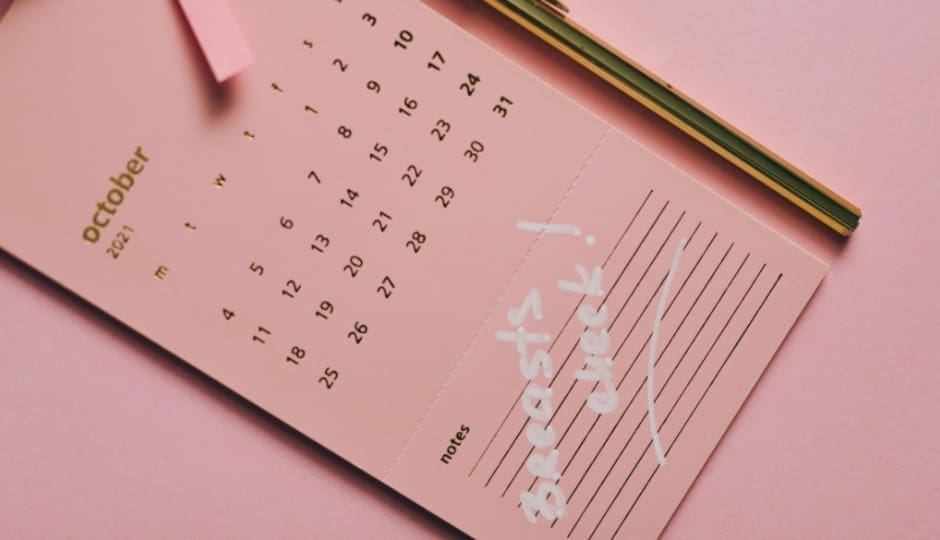At Prema Clinic, we believe that knowledge is power, especially when it comes to your health. Breast self-examinations are a simple, empowering way to stay connected with your body, and we’re here to guide you through the steps. Checking your breasts regularly can help you become familiar with how they feel normally, making it easier to notice any unusual changes. This is an important part of early detection, which greatly improves the chances of successful treatment if any issues arise.
Why Is It Important to Check Your Breasts?
Breast cancer is one of the most common cancers affecting women, but when detected early, the chances of successful treatment are high. By making breast checks a regular habit, you increase your awareness of your body and can more easily detect any lumps, changes, or abnormalities. Remember, many changes are not cancerous, but they are worth investigating. Being proactive can alleviate anxiety, and if there’s ever a concern, knowing early gives you the best possible options for care.
How to Perform a Breast Self-Examination
Set aside time once a month, ideally a few days after your period when breasts are less tender and swollen. For post-menopausal women, a consistent monthly date is perfect. Here’s a step-by-step guide to help:
1. Look in the Mirror
Stand undressed from the waist up in front of a mirror with your arms at your sides. Check for visible changes in size, shape, or colour. Be mindful of any unusual dimpling, puckering, or bulging of the skin. Notice if the nipples have changed position, become inverted, or appear to be oozing any discharge. Repeat this process with your arms raised.
2. Feel While Standing or Sitting
Use the pads of your fingers to gently press down on each breast. Start at the outer edges and move in small, circular motions toward the nipple. Cover the entire breast, armpit, and collarbone area. Notice any lumps, thickened areas, or unusual sensations. Many women prefer to do this in the shower, as fingers glide easily over wet skin.
3. Lie Down and Repeat
When lying down, the breast tissue spreads more evenly, making it easier to detect unusual areas. Place a pillow under your right shoulder and use your left hand to feel your right breast, then switch sides. Press with varying pressure to feel the deeper tissues as well as those closer to the skin.
What to Look For: Key Signs and Symptoms
– New lumps or thickening in the breast or armpit area
– Changes in the size, shape, or symmetry of the breasts
– Dimpling or puckering of the skin
– Redness or a rash on the breast or around the nipple
– Nipple discharge that isn’t breast milk
– Swelling in your armpit or around the collarbone
When to Seek Help
If you notice any of these changes, it’s essential to contact a healthcare professional for further evaluation. At Prema Clinic, our team is here to support you with comprehensive breast health assessments and compassionate guidance. It’s important to remember that many breast changes are benign, but having them checked is always the best choice.
Building a Breast-Checking Routine
Make your breast check part of your monthly self-care routine. Set a reminder on your phone, place a sticky note on your mirror, or use a breast-check app if you find it helpful. Over time, this habit will become second nature.
By taking these small steps every month, you’re not only prioritising your health but empowering yourself with knowledge. Our team at Prema Clinic in Portsmouth is here to support you every step of the way. Don’t hesitate to reach out with any questions or concerns – your health and peace of mind are our top priorities.

